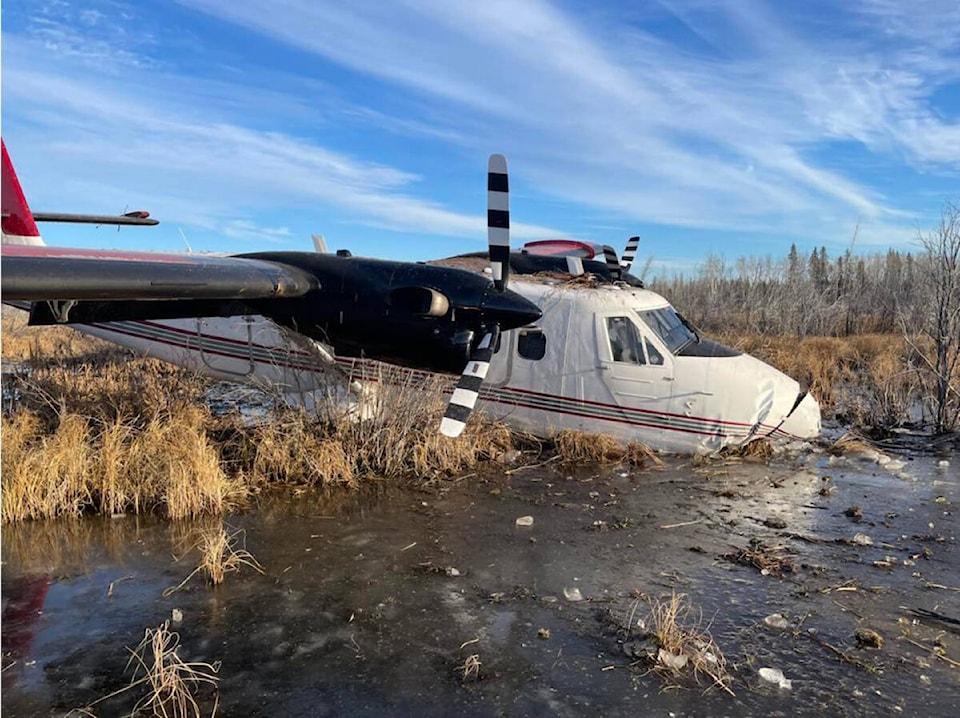A chartered Air Tindi flight carrying 10 passengers has crashed near the Diavik mine area and a rescue operation is underway.
A Twin Otter aircraft went down roughly 300 kilometres North-east of Yellowknife on Dec. 27 at 12:45 p.m. local time. The plane, which had a crew of two and eight passengers, is only reporting minor injuries.
“We’re not sure what happened or why,” Air Tindi president Chris Reynolds said, noting that while the plane went down in the area of the Diavik diamond mine, the mine itself was not the aircraft’s destination. The intended location of the flight has not been released as of yet.
“We’ve heard from the crew that injuries appear to be minor in nature, but I’m taking that with a bit of a grain of salt because they were involved in the accident as well,” said Reynolds. “The captain is calling in every hour to two hours just to record what they’re doing and get an update from us on on recovery.”
He said the weather was expected to calm by tomorrow morning and he anticipated to pick up the crash survivors as soon as daylight broke, if not earlier. In the interim, the goal was helping the 10 people get through the winter night.
Reynolds added the crew and passengers’ exact location is known because of satellite tracking and the survivors are sheltering for the night. A second plane has spotted the 10 survivors and confirmed their location.
A C130 Hercules aircraft was being dispatched with paratroopers to assist the crash survivors, which Reynolds said should be arriving as of publication of this article. The plan would be to drop two search and rescue paramedics into the area to provide medical assistance and survival equipment to the survivors, then extract everyone by way of helicopter. However, the effort is being hampered by 65 to 70 kilometre an hour winds in the area.
Reynolds added the Twin Otter would have been equipped with Arctic survival gear, including supplies to construct a shelter. The on-board supplies include enough food to last the survivors until they can be brought to safety.
Reynolds said he did not know the names of the passengers and the reason for their charter flight is not known at this time.
A representative from the Transportation Safety Board said the organization is monitoring the situation.
“The TSB has been made aware that a de Havilland DHC-6-300 aircraft has crashed,” said media relations coordinator Hugo Fontaine. “At this stage, we are only gathering information. We would recommend contacting the RCMP for more details as we are waiting for the rescue mission to conclude before proceeding to the next steps.”
